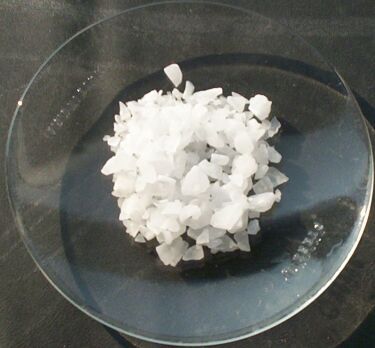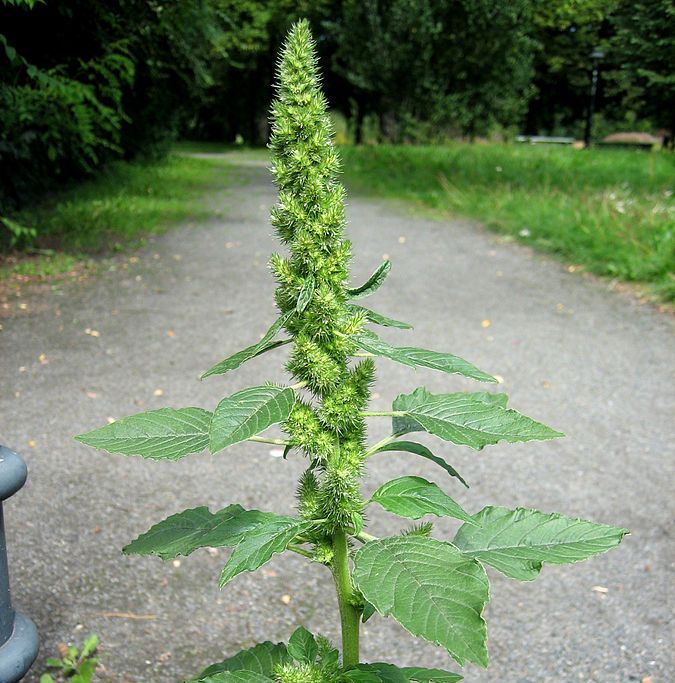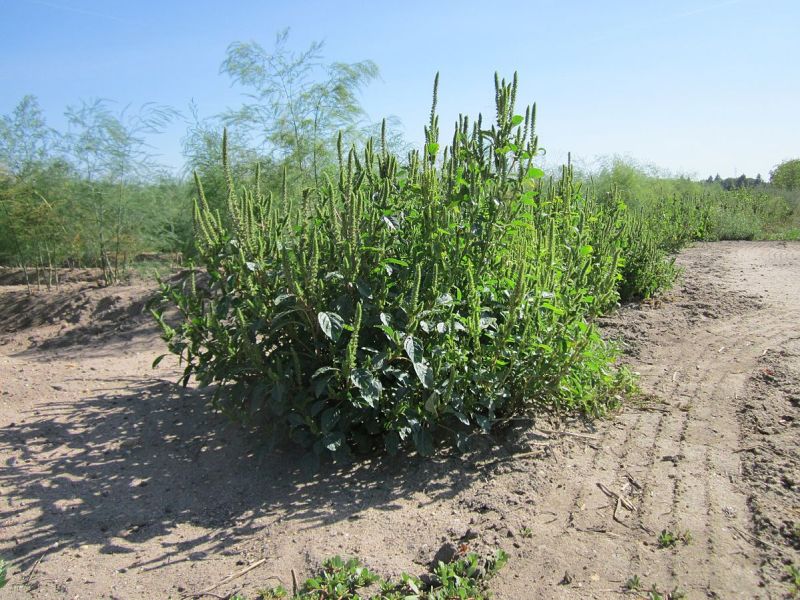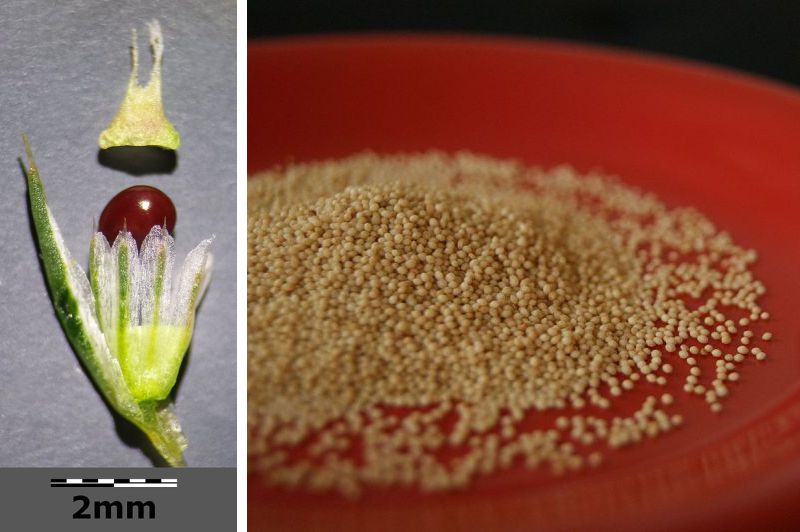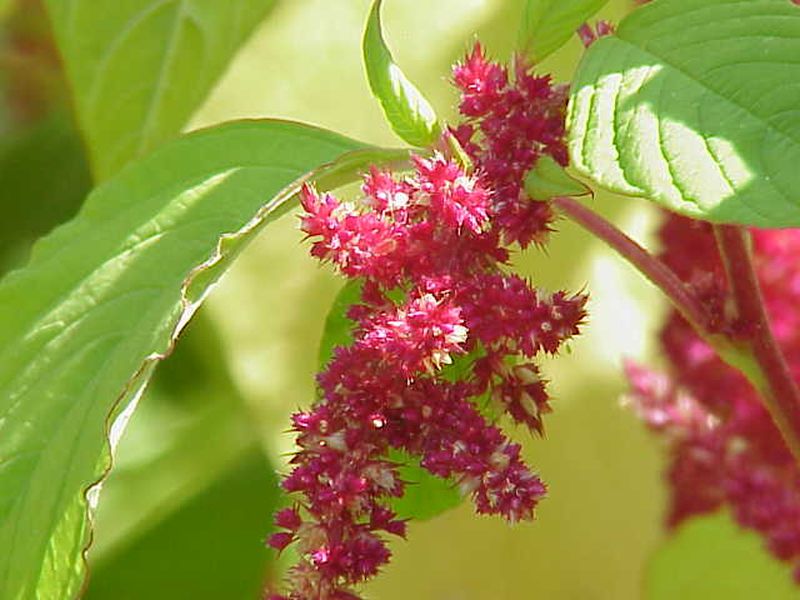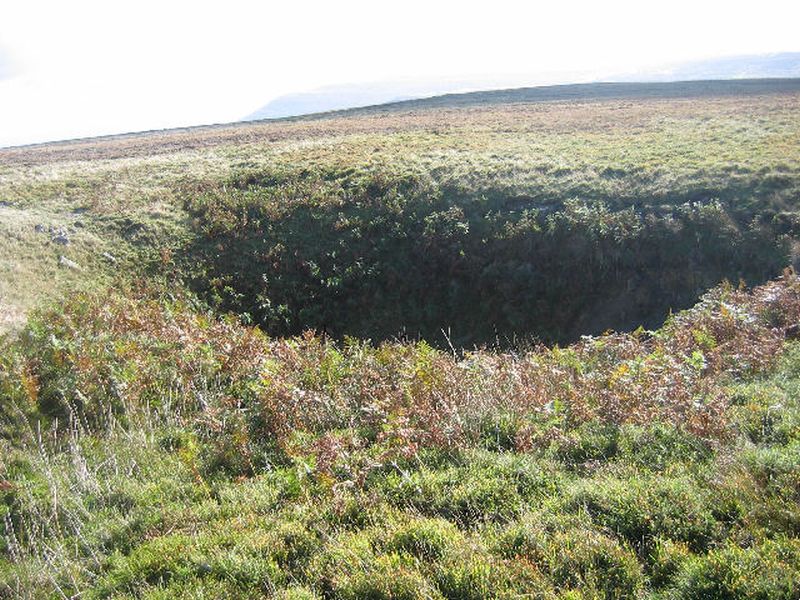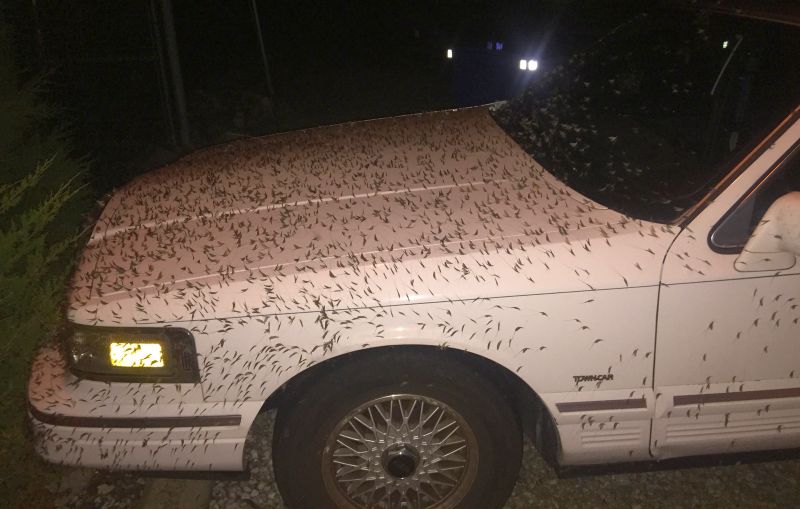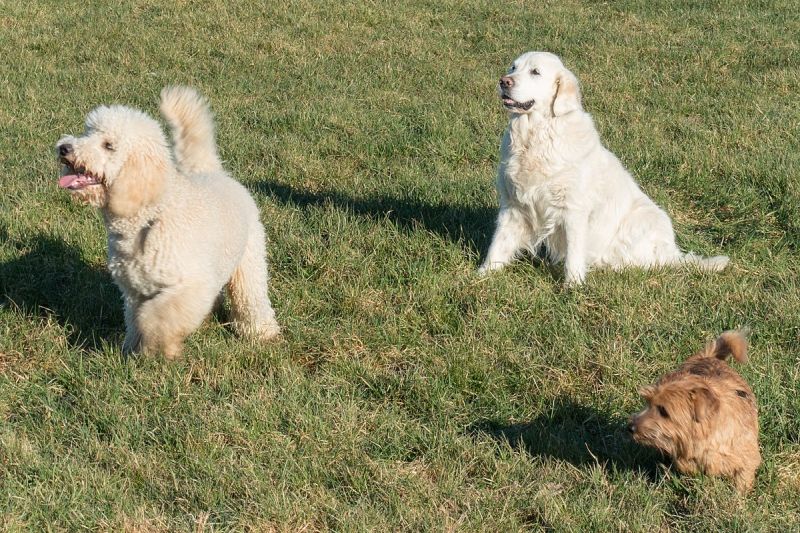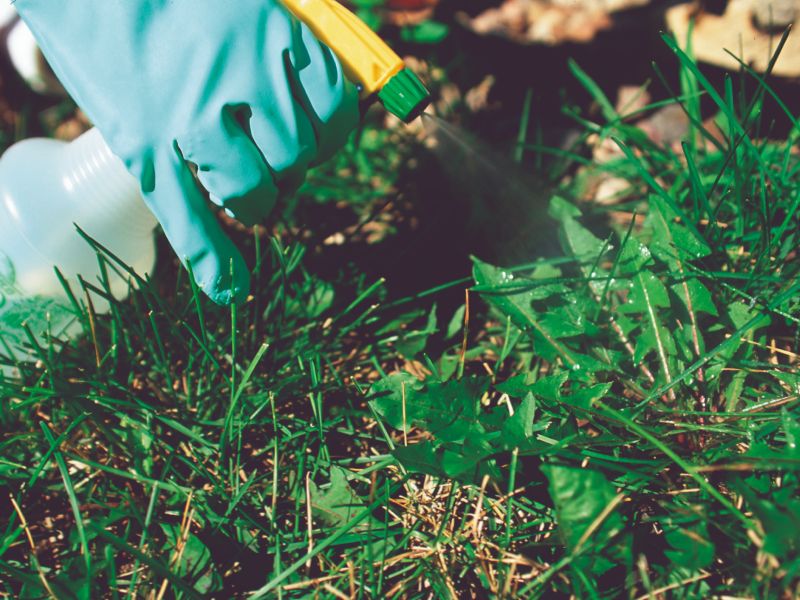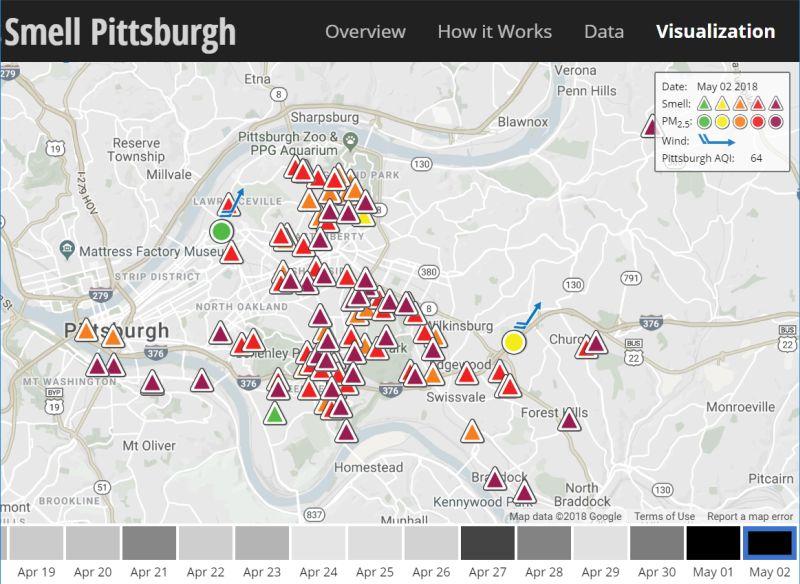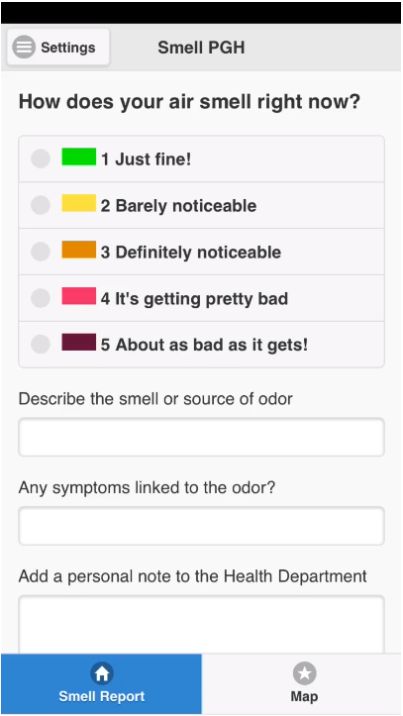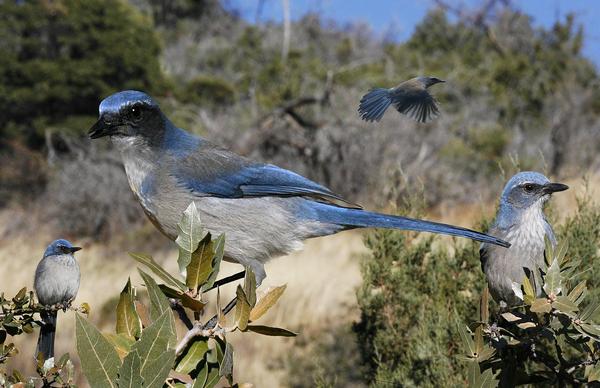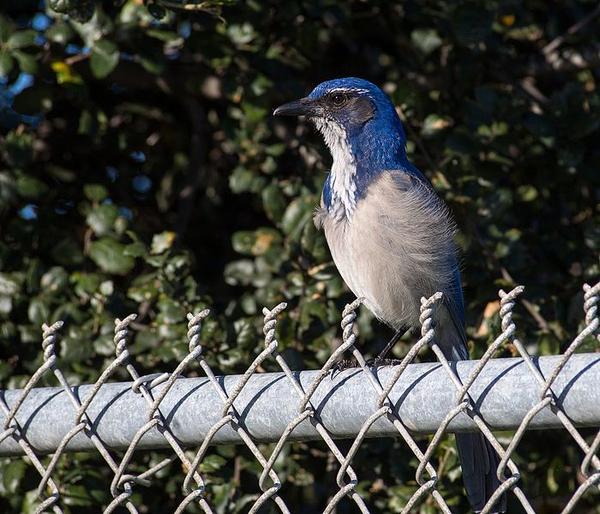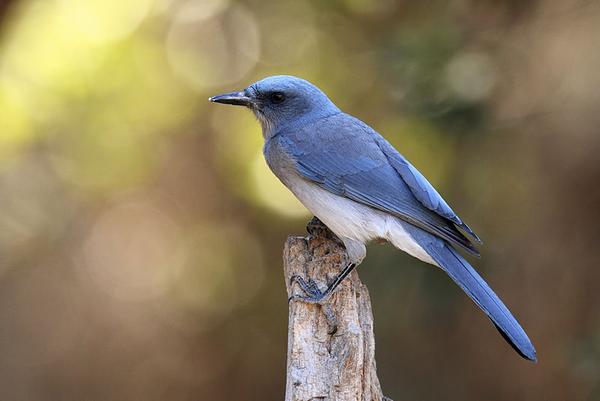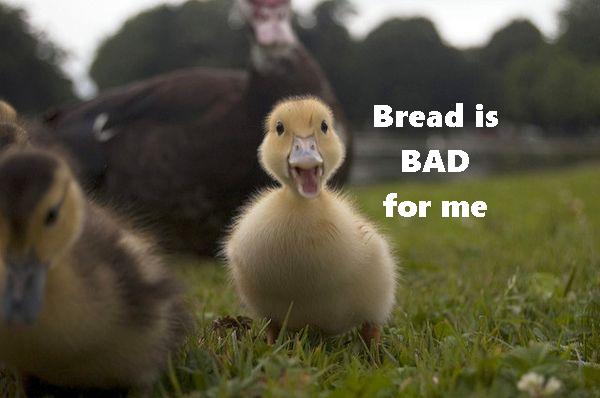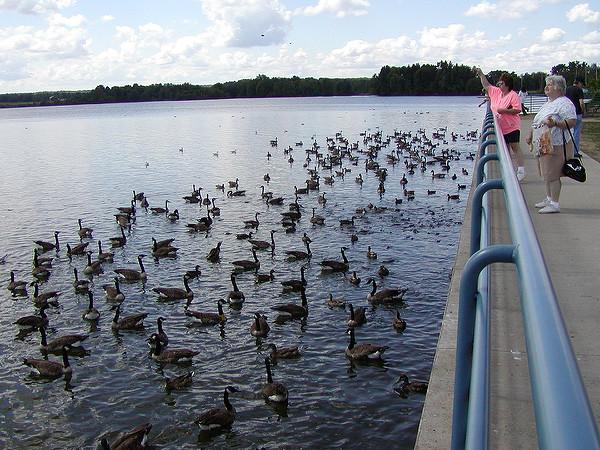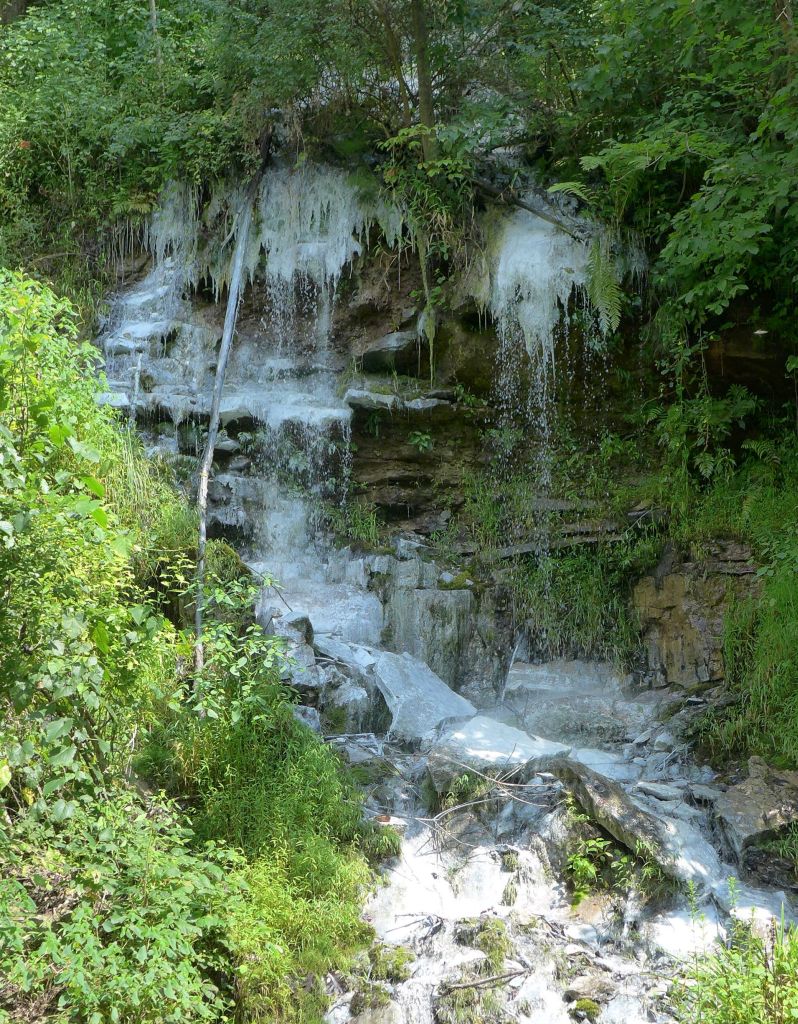
The Youghiogheny River is famous for whitewater rafting near Ohiopyle but there’s a tributary downstream where white water is bad.
On the GAP Trail north of Buena Vista — near marker 121 — you can hear a rushing waterfall before you see it. When you reach its location it’s not a pretty sight. The waterfall stains everything white.
Early this month I looked at the water and its outflow in the Youghiogheny River and discovered that the water is clear and colorless, though it leaves a white residue on everything it touches.
Here are some closer looks.
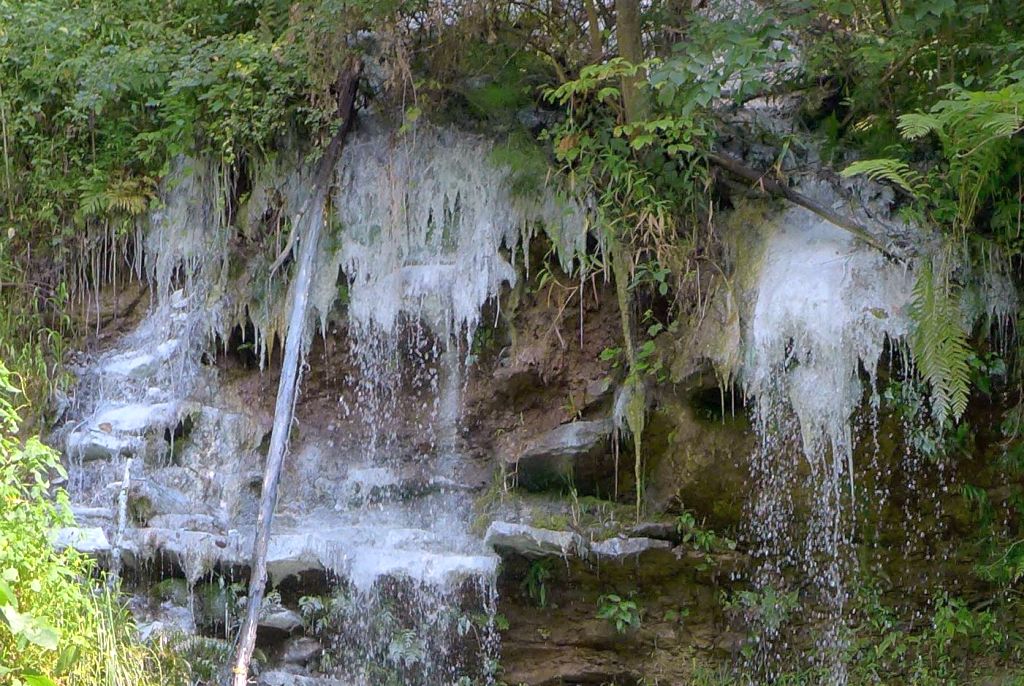
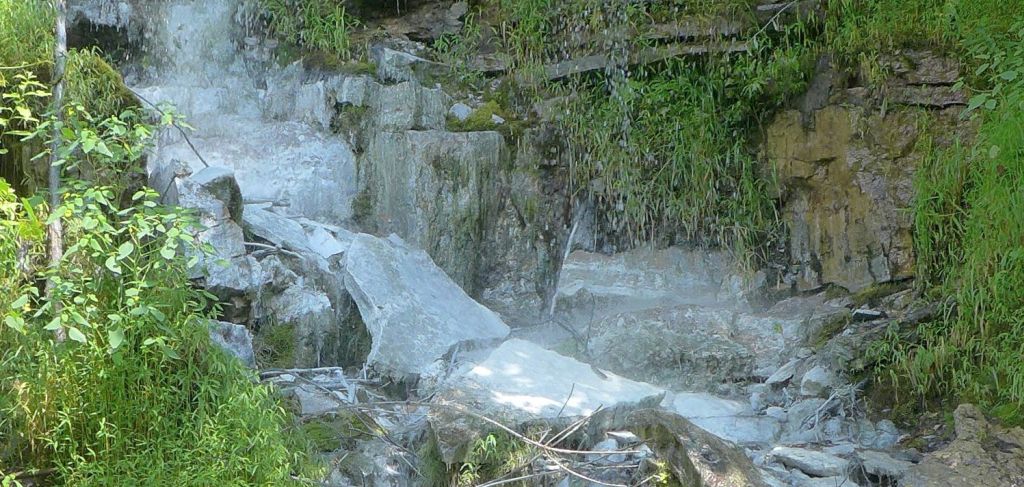
The water is clear because it’s acidic. The residue is from abandoned mine drainage (AMD), a problem that pollutes more than 2,500 miles of Pennsylvania rivers and streams.
Most AMD in western Pennsylvania is orange like this outfall into Chartiers Creek at Wingfield Pines Conservation Area. The rust color comes from dissolved iron.
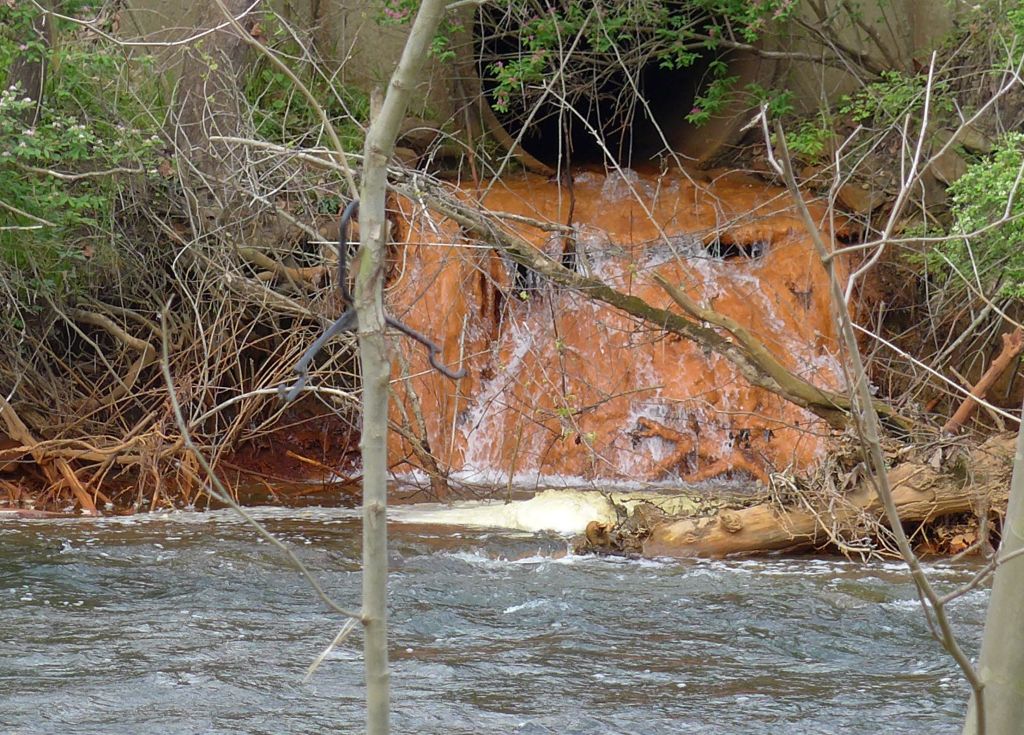
The white waterfall is caused by dissolved aluminum sulfate from an old coal mine in the hill above the waterfall.
As water from the abandoned mine travels downhill it blends with clean water that raises the pH (i.e. lowers the acidity). At some point the diluted mine water isn’t acidic enough to dissolve aluminum sulfate so the aluminum precipitates out as white residue.
This color is somewhat unusual but there are other white streams in Allegheny County including Milk Run in North Fayette Township along Mahoney Road. This year the Allegheny County Conservation District is reclaiming Milk Run at the cost of nearly a million dollars.
I can’t imagine the price tag for fixing the White Waterfall.
(photo credits: waterfall by Kate St. John. Aluminum sulfate crystals from Wikimedia Commons; click on the caption to see the original)
